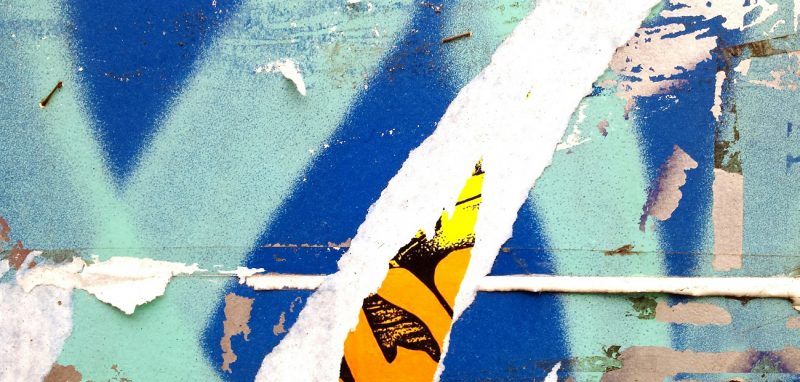Graffiti can be a difficult issue for property owners. Graffiti is often vandalism that could be associated with gang-related origins. However, some graffiti is viewed as legitimate art created by street artists with local or even national reputations. If you or your clients own a property with graffiti images, you must first determine whether it was done with or without permission.
Graffiti vandalism is a criminal act done without an owner’s permission. But graffiti art and murals on the sides of city buildings are often legal because the current or previous property owner granted permission. If a legal mural is removed, the current building owner may face repercussions. In February, a court decision in New York resulted in awarding $6.7 million to graffiti artists who sued a building owner.
“The message to property owners everywhere was, don’t paint with a broad brush when it comes to dealing with street artists,” says Timothy Kephart, founder of Graffiti Tracker, a web-based system designed to help identify and prosecute graffiti vandals. “Know the details if you have a property already affixed with street art and assume you have control of the situation. There are many implications, and a little-known law could cost you millions.”
The federal Visual Artist Rights Act, which grants artists the rights to prevent intentional modification to their art, was cited in the New York case when buildings were torn down and artists claimed they weren’t given proper notification. “It opens up a whole litany of questions,” Kephart says. “Most importantly, is your property no longer your property to do with what you wish because people put graffiti on it?”
Kephart has three points for property owners to keep in mind regarding ownership and removal of graffiti art on their buildings:
- Find out if it’s legal or illegal. When acquiring, renovating, or demolishing property that includes a mural or graffiti art, Kephart says you should assess whether it’s “recognized stature,” thus making it protected by copyright law. “Though graffiti is often illegal, murals or other forms of street art may have been affixed with a previous owner’s permission,” Kephart says. “Also, it could have been placed illegally, but since has risen to recognized stature.”
- Be aware of VARA-related issues. If a street artist paints a building wall without permission, they still have VARA rights and the copyright. “However, the physical part of the building where the art was displayed remains the property of the building owner,” Kephart says. “Whether the owner has the right to remove and sell the work can require litigation.” Kephart recommends consulting an attorney who’s well versed in VARA, especially when acquiring a property with visual art that could be protected.
- Use written agreements for new art. “If granting an artist permission to attach art to your property, you need a written agreement stipulating the artist waives their VARA rights,” Kephart says. This also goes for new work that’s part of a collective. “That separate work should be designated ‘work for hire,’ which can eliminate a future VARA claim.”
Source:
Timothy Kephart, Graffiti Tracker













